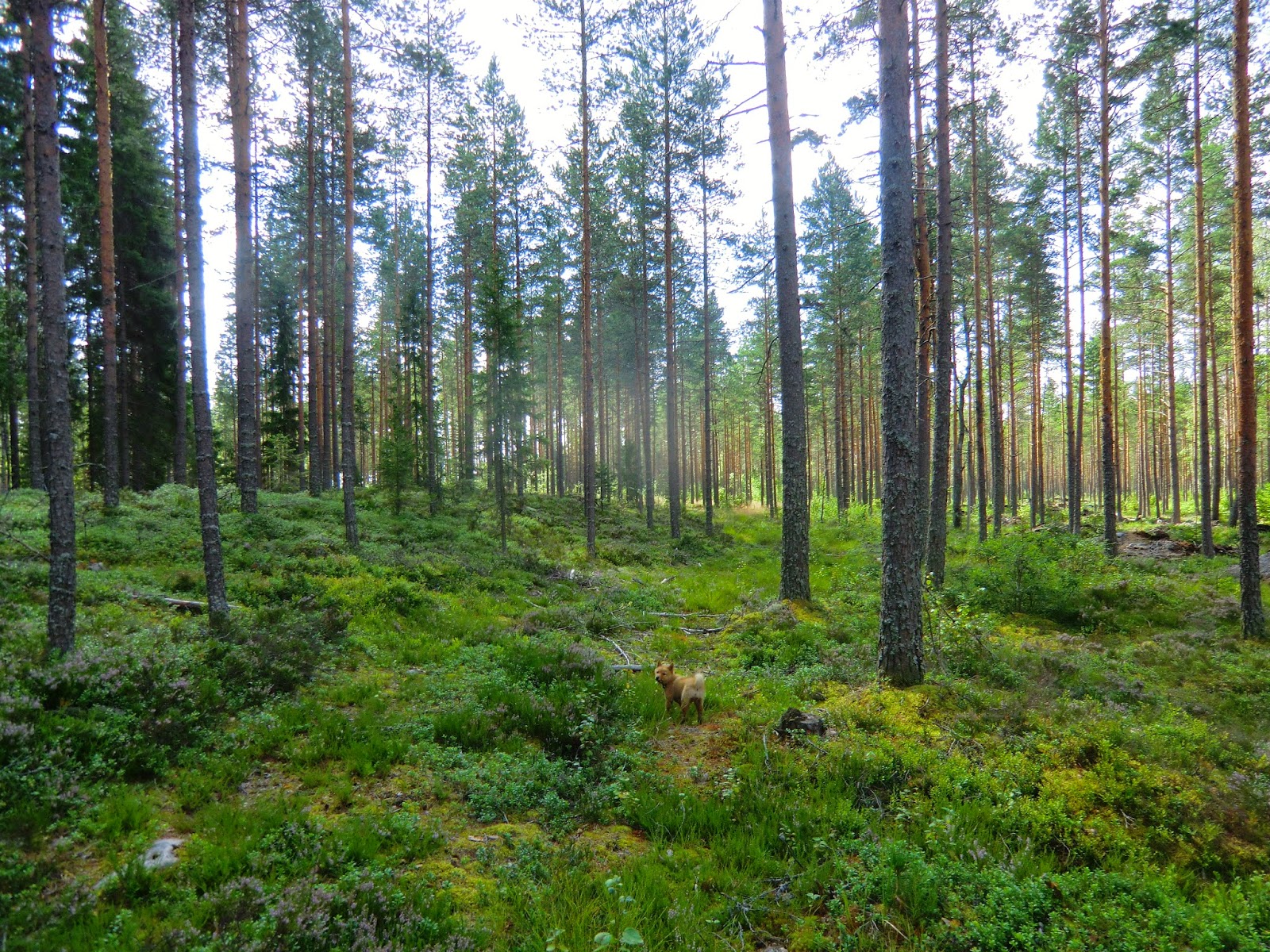The Classic Loader is ideal for people who just want try out reloading and don't want to spend lots of money on fancy reloading equipment. In it's most basic form, you only need the Classic Loader kit, a mallet, shell casings, primers, gun powder and bullets. For you doomsday preppers, this is the reloading kit you want. The reloading process with this kit is quite noisy, so it might not be suitable for people living in apartment houses.
This is what comes in the package. On the left is a priming rod, next is a loader body and a priming chamber, then a powder dipper and a depriming chamber, and finally a depriming rod.
The first step in reloading is to deprime the fired brass. Remember to check that the brass you are using is not damaged in any way.
Take out the brass, depriming rod, depriming chamber and a mallet.
Put the brass into the depriming chamber and insert the rod in the brass.
Give the rod couple of taps with the mallet, so that the spent primer pops out.
Repeat this process until you have enough deprimed casings for your reloading needs.
Next step is cleaning the brass. I like to use an ultrasound washer, as it cleans the primer pocket and flash hole better than a tumbler. I simply pour hot water and some dish washing liquid into the washer and put the deprimed casings in. It takes about 30 minutes for the ultrasound washer to clean the brass. After washing the brass must be rinsed in running water and then dried.
When the brass is clean and shiny, it's time for neck sizing. For this you need clean casing, the loader's body and a mallet.
Put the brass into the loader.
Using a mallet drive the brass completely inside the loader. The neck is now resized.
To get the resized brass out of the loader, you need depriming chamber, priming rod (which I'm not using for priming at all) and of course a mallet.
Put the brass and loader combination on the depriming chamber and insert the priming rod in the loader.
With a few whacks from the mallet on the rod, the brass drops out of the loader. At this point it is wise to check the dimensions of the brass with a caliper. Do the neck sizing for all the casings.
After all the casings have been neck sized, it's time for priming. I use a hand priming tool, as I don't like the idea about hammering the primer in.
Remember to check that the new primer isn't inserted too deep or too high.
After all the casings have been primed, it's time for gun powder and bullets. First measure the desired amount of gun powder.
Then put the prepared case in depriming chamber and pour the gun powder in it using a funnel.
Next you need is the loader body, priming chamber (I'm not using it for priming), a mallet and a bullet.
Put the loader body on the filled case and drop the bullet in the loader.
Put the rod of the priming chamber on top of the bullet and hit it with the mallet until the chamber meets a stop collar. Make sure there is no debris or anything in the depriming chamber that could strike the primer while hammering!
Take off the priming chamber and loader body. The cartridge is now finished. It takes a bit of trial and error to get the depth of the bullet right, you can adjust it by the locking nut on the loader body.
Check the overall length of the cartridge to ensure everything is by the book.
This is how I use the Lee Classic Loader. I think my way is a bit safer and more accurate than the traditional way, which you can see here: https://www.youtube.com/watch?v=UeEl9wZyabc
Happy reloading!










































